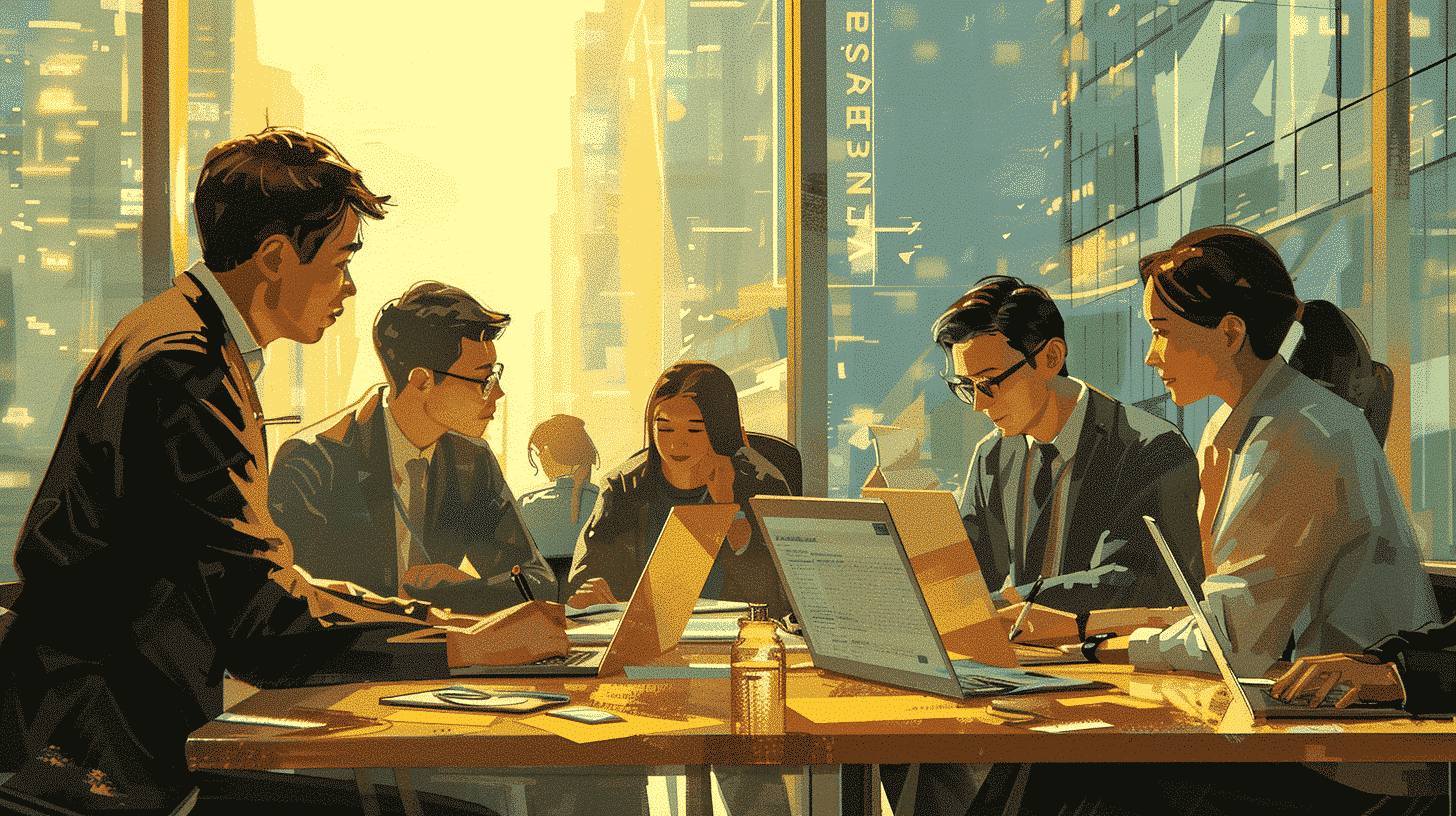Historical Roots of Polish Traditions
Poland’s traditions are deeply influenced by its complex history, marked by periods of independence, partitions, and resilience. The cultural identity reflects a blend of Slavic roots, Christian influences, and interactions with neighboring nations. Understanding this background is essential to appreciating Poland’s customs and social values.
- Medieval Origins: Many Polish traditions, such as folk costumes and festivals, date back to medieval times when regional identities were strong.
- Religious Influence: Catholicism has played a significant role in shaping Polish customs, with many traditions centered around church holidays and rituals.
- Resilience and Revival: Despite political upheavals, Poles have maintained their cultural heritage through music, dance, and language, often using these as forms of national expression.
Polish Festivals and Celebrations
Poland boasts a vibrant calendar of festivals that highlight its rich traditions, combining religious observance with folk heritage and modern celebrations. These events are perfect opportunities to experience Polish culture in its most authentic form.
Christmas Traditions (Wigilia)
Christmas Eve, known as Wigilia, is one of the most important and cherished traditions in Poland. The evening is marked by a special family dinner featuring:
- 12 meatless dishes symbolizing the 12 apostles
- Breaking and sharing opłatek (Christmas wafer) as a gesture of forgiveness and unity
- Setting an extra place at the table for unexpected guests or deceased family members
- Decorating the Christmas tree and attending midnight mass (Pasterka)
Easter Customs
Easter in Poland blends religious ceremonies with colorful folk traditions. Key highlights include:
- Śmigus-Dyngus: Also known as Wet Monday, where people playfully splash water on each other
- Decorated Easter Eggs (Pisanki): Intricately painted eggs symbolizing new life and renewal
- Easter Baskets: Baskets filled with symbolic foods are blessed in church on Holy Saturday
Wianki Festival
Held in Kraków during Midsummer’s Eve (around the summer solstice), Wianki is a traditional festival featuring:
- Boat processions with floating flower wreaths on the river
- Live music, folk dances, and fireworks
- Celebration of nature and pagan roots mixed with Christian traditions
Traditional Polish Cuisine
Polish cuisine is a fundamental part of the culture, offering hearty and flavorful dishes that reflect the country’s agricultural heritage and regional diversity. Food is a key medium for social bonding and celebration.
Staple Dishes to Try
- Pierogi: Dumplings filled with potatoes, cheese, meat, or fruits, often served with sour cream
- Bigos: Known as hunter’s stew, a savory mix of sauerkraut, fresh cabbage, and various meats
- Żurek: Sour rye soup with sausage and egg, traditionally eaten during Easter
- Placki ziemniaczane: Potato pancakes served with sour cream or mushroom sauce
Polish Hospitality and Dining Etiquette
Poles are renowned for their hospitality. When invited to a Polish home, expect:
- Generous servings of food and drink
- Toasting with vodka or other spirits during celebrations
- Respecting meal customs, such as waiting for the host to start eating
- Engaging in lively conversation, often centered on family, history, and culture
Folk Art, Music, and Dance
Polish folk art is a vivid expression of national identity, showcasing colorful costumes, intricate crafts, and traditional music that have been passed down through generations.
Regional Costumes and Crafts
Each region in Poland has its own distinctive folk costumes and handicrafts:
- Łowicz: Famous for bright striped skirts and embroidered vests
- Podhale: The mountainous region known for woolen garments and wooden carvings
- Kashubia: Renowned for unique embroidery and pottery
Traditional Music and Dance
Polish folk music uses instruments like the violin, accordion, and dulcimer. Popular dances include:
- Polonaise: A dignified court dance often performed at formal events
- Krakowiak: A fast-paced dance with energetic footwork from Kraków
- Oberek: A lively couple’s dance with spins and jumps
Polish Language and Its Role in Culture
The Polish language is a cornerstone of national identity and cultural continuity. Learning Polish opens doors to a deeper understanding of the country’s literature, history, and social life.
Why Learn Polish?
- Access rich literary works by authors like Adam Mickiewicz and Wisława Szymborska
- Communicate effectively with over 45 million native speakers
- Enhance travel experiences by engaging with locals in their native tongue
Talkpal: A Convenient Language Learning Tool
Talkpal offers a user-friendly platform to learn Polish through interactive lessons, real-time conversations, and cultural immersion. It’s an ideal resource for beginners and advanced learners alike who want to master the language while discovering Poland’s traditions.
Modern Polish Culture and Its Global Influence
While deeply rooted in tradition, contemporary Polish culture embraces modernity, blending historical pride with innovation in arts, technology, and social movements.
- Film and Literature: Directors like Andrzej Wajda and authors such as Olga Tokarczuk have gained international acclaim
- Music: From classical composers like Chopin to modern pop and electronic artists
- Festivals: Events like the Warsaw Film Festival and Open’er Music Festival attract global audiences
Conclusion: Embracing Polish Traditions and Culture Today
Exploring Polish traditions offers a fascinating glimpse into a nation that values its heritage while embracing the future. From festive celebrations and delicious cuisine to folk art and language, Poland’s culture is a vibrant tapestry of history and living customs. Whether you plan to visit, study, or simply learn the language, tools like Talkpal can help you connect more deeply with this remarkable culture. Discovering Polish traditions today means joining a global community that treasures its roots and shares its stories with the world.






